
© Chris Nash. (Click image for larger version)
www.danejeremyhurst.com
Details of Rambert’s New Choreography season at The Place
16 and 17th December
www.rambert.org.uk
“Turn every disadvantage into an advantage.” This is the advice Dane Hurst has for aspiring dancers looking for encouragement, he tells me during an interview in November, and a mantra he himself followed to parlay his way from South African schoolboy to professional dancer. “When I still lived in Port Elizabeth, I had a neighbour who received a scholarship to dance in the UK. I come from a background without much money, and when I saw him travel abroad through the means of dance, I realised that I could too,” he explains. “He made the possibility of making a name for myself, and providing for my family, a visible one.”
And make a name for himself he has. After landing a bursary from the Linbury Trust in 2003 to study in London, Hurst went on to join Rambert Dance Company and has since become one of the biggest faces in the UK’s modern dance scene. He’s received numerous industry accolades along the way, including the 2014 Critics’ Circle National Dance Award for best male dancer of the year – a prize historically reserved for classical artists. Given Hurst’s credentials, it’s no wonder he was one of Rambert’s top picks to choreograph for the company’s upcoming New Choreography bill, a selection of brand-new works due to premiere at The Place later this month.
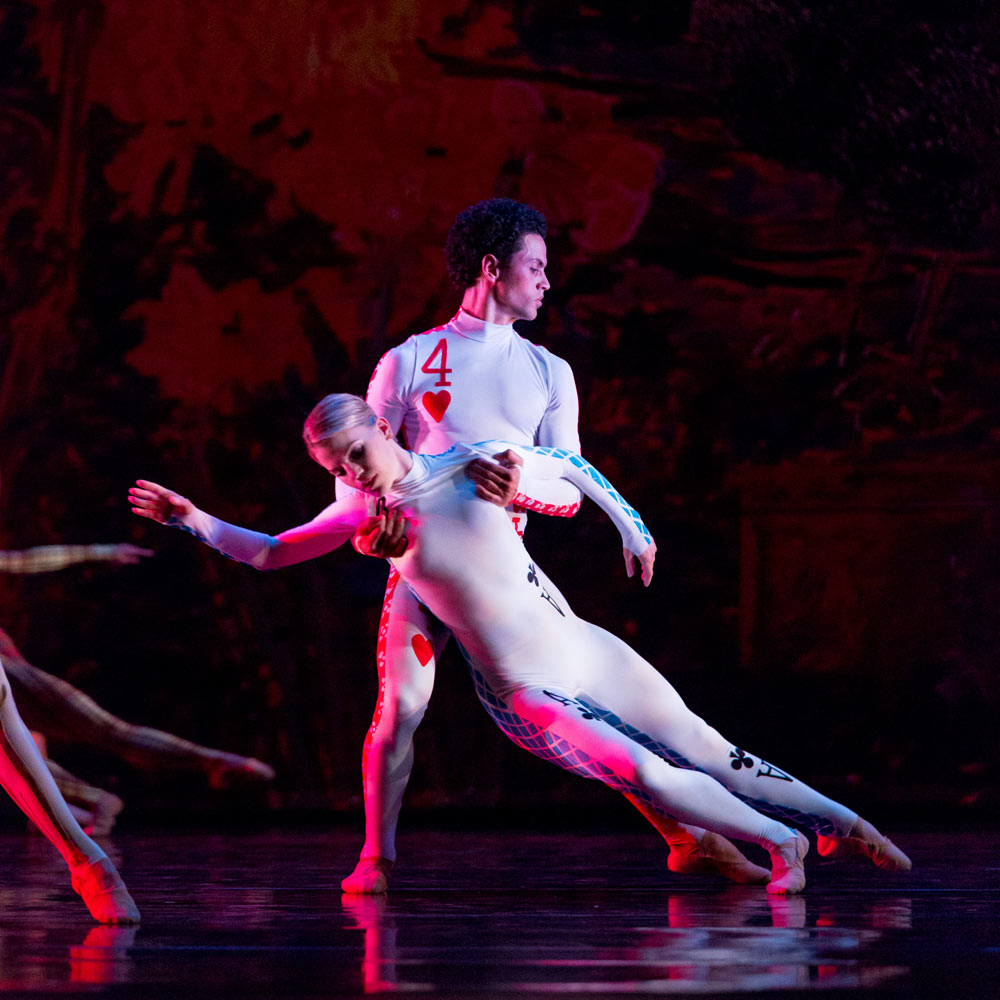
© Benedict Johnson. (Click image for larger version)
“Every piece is choreographed and performed by Rambert dancers,” Hurst tells me of the programme, which also features commissions by Pierre Tappon, Luke Ahmet, Patricia Okenwa and Simone Damburg Würtz. “We were all given a small budget for design and a composer, and the brief was open: the only restriction is that everybody’s work has be ten minutes or fewer in length.” The resulting bill covers a great deal of thematic territory: Tappon’s work is based on a short story about the relationships between three protagonists, while Ahmet’s focuses on the enigmatic presence of an invisible figure; meanwhile Damburg Würtz’s piece explores guilt and culpability, and Okenwa’s deals with power and the way it influences social attitudes.
As for Hurst’s piece, it’s a solo centring on a figure close to his heart. “My inspiration is Nelson Mandela and the man behind his public face,” he says. “He represents so much to me: he changed the apartheid regime in my country and literally played a hand in my career, having set up the scholarship that brought me to London. I’m so grateful to him on a personal level, and I want to honour his life and the intense emotional loss my country felt when he passed last year.”

© Chris Nash. (Click image for larger version)
While Mandela’s person forms its basis, however, the piece is not intended to be biographical, Hurst emphasises. “I can’t tell the story of his life in ten minutes. Rather, I will think on him and try to physicalise my impressions. I’m diving into The Long Walk to Freedom to read about key moments of his life, like his release from prison, but of course these are huge events that would be impossible for one person to communicate in just a few minutes, without video or text or even much of a set. My task is quite big.”
Hurst will perform the piece himself, an additional challenge, he admits. “Choreographing on yourself is a tricky thing, and doing so with the historical weight of a world icon as the stimulus is even more so. You have this clarity and distance when you’re choreographing on others, but when it’s just you, you have to motivate yourself, analyse your work and try not to trick yourself into thinking something works when it doesn’t. I feel it’s always best for the choreographer to stand back from his artwork. Once you become the artwork, it completely changes the approach.”

© Foteini Christofilopoulou. (Click image for larger version)
Fortunately, sourcing appropriate music has not proved as demanding. “[Composer] Paul Gladstone Reid is working on an opera and ballet using symphonic sketches of Winnie and Nelson Mandela, and I’m actually doing some developmental choreography for it. The music I’m using for my solo is a segment called Symphony of Dust and Air. It’s a beautiful, simple strings section.” And it helps that character-driven works “are what I feel most comfortable doing. There’s something amazing about developing the journey of a character and telling their story. We do a lot of movement-driven works in the contemporary dance world, but dancing something with its roots in a person is special – it has its own force.”
“Dance is more than just technical execution and visual aesthetic,” Hurst continues. “It’s an absolute devotion and commitment to what you’re doing. As dancers we have the ability to transcend belief if we ourselves believe in what we’re doing enough. To young dancers, I’d say this: keep dreaming; it hurts no one. Keep dancing; it enlivens everyone.”
Rambert’s New Choreography programme shows at The Place on 16 and 17 December 2014.









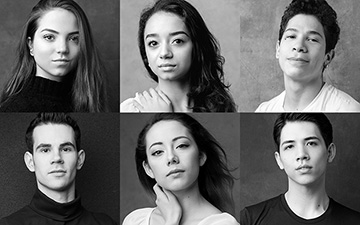
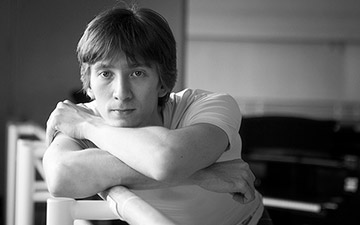
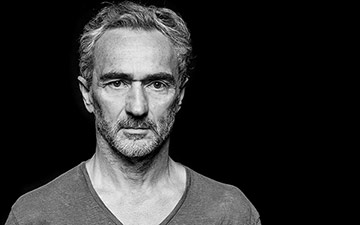

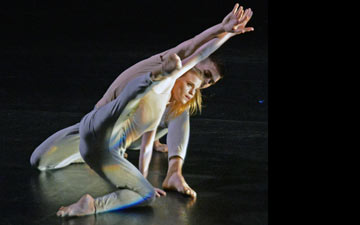
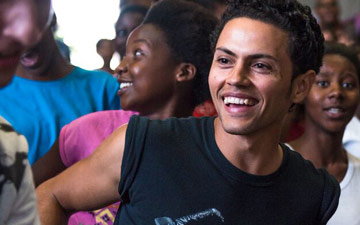


You must be logged in to post a comment.